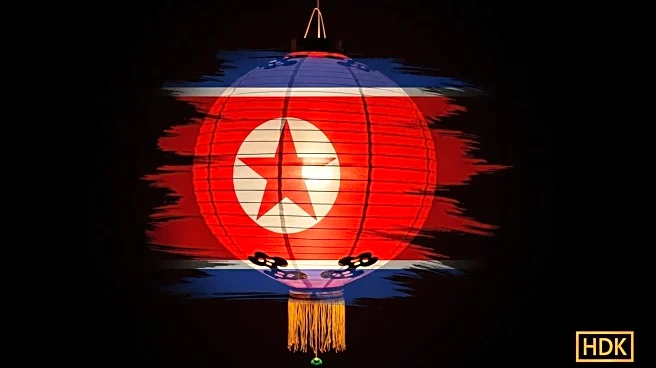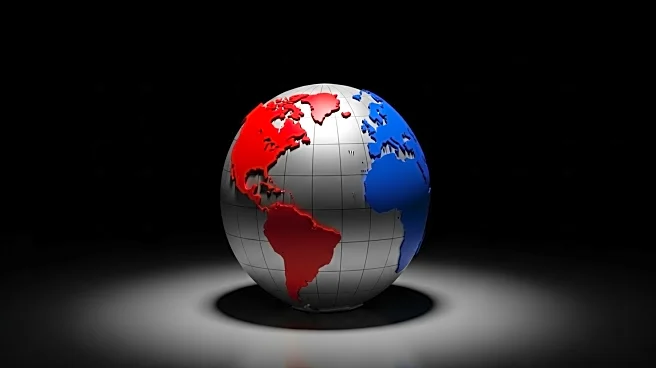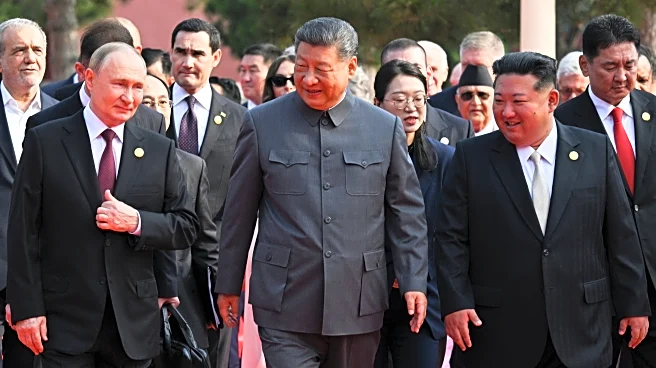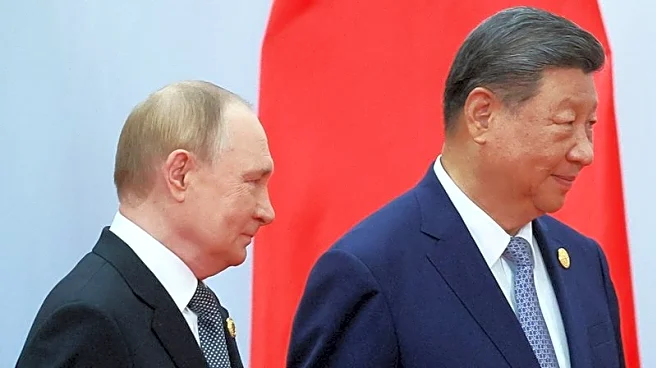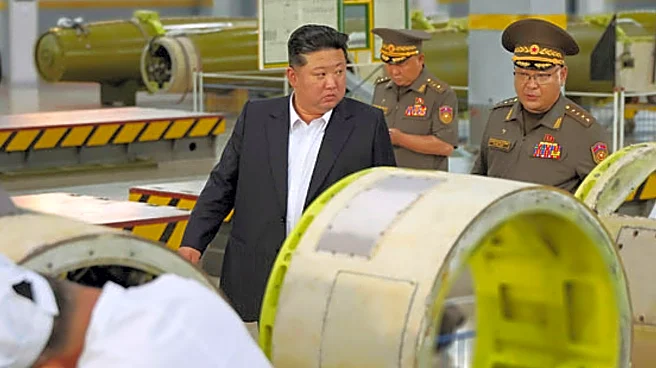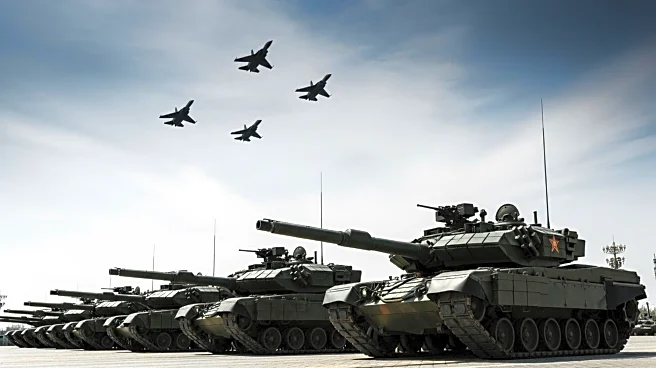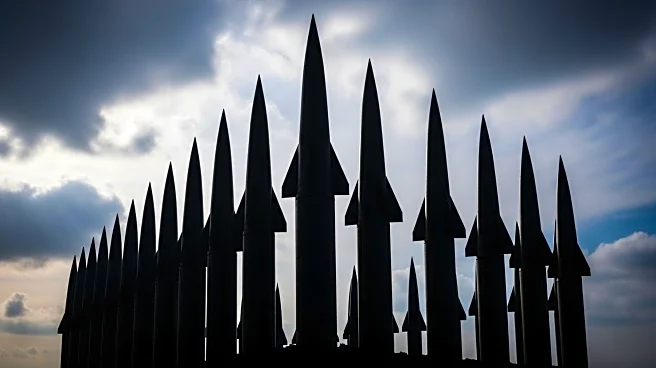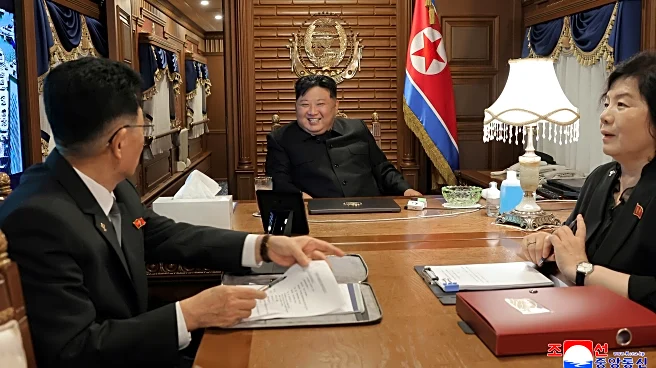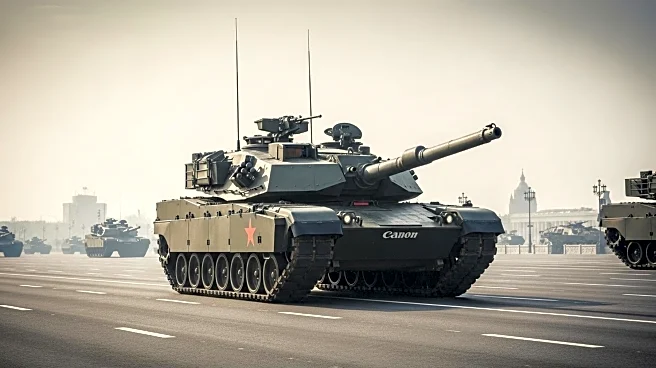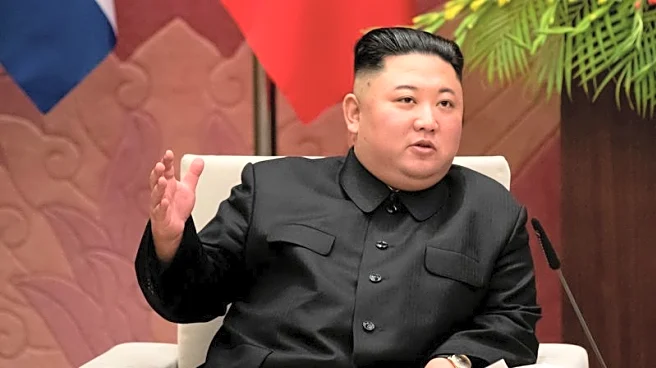What's Happening?
North Korean leader Kim Jong Un made a significant diplomatic move by appearing at a military parade in Beijing alongside Chinese President Xi Jinping and Russian President Vladimir Putin. This marks Kim's first multilateral diplomatic engagement since taking power in 2011. The event underscores the growing collaboration among China, Russia, and North Korea, often referred to as the 'axis of upheaval,' which opposes the U.S.-led world order. Kim's visit aims to revive economic exchanges with China, North Korea's largest trading partner, amid ongoing geopolitical tensions.
Why It's Important?
Kim Jong Un's appearance in Beijing signals a potential shift in North Korea's diplomatic strategy, emphasizing its alignment with China and Russia. This development could impact U.S. foreign policy, as it challenges the existing geopolitical balance in the region. North Korea's strengthened ties with China and Russia may complicate efforts to denuclearize the Korean Peninsula and could lead to increased military and economic cooperation among these nations. The situation highlights the importance of diplomatic engagement and strategic alliances in addressing global security challenges.
What's Next?
Kim Jong Un's diplomatic efforts may lead to renewed economic and military cooperation with China and Russia. This could result in increased trade and investment in North Korea, potentially boosting its economy. The U.S. and its allies may need to reassess their diplomatic strategies to counterbalance the growing influence of the China-Russia-North Korea alliance. Future negotiations may focus on addressing security concerns and promoting stability in the region. The potential for a second round of summits between Kim and President Trump could also arise, depending on the evolving geopolitical dynamics.
